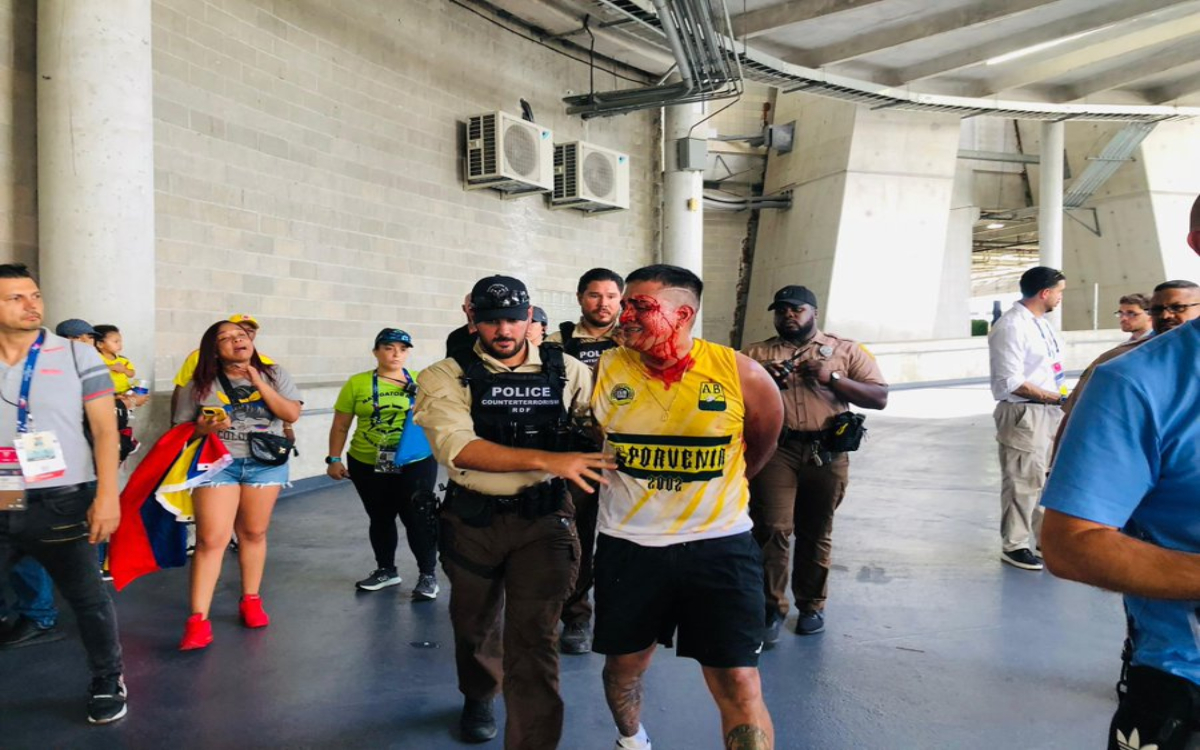Stadium Overview: Hard Rock Stadium
:strip_icc():format(jpeg)/kly-media-production/medias/3571089/original/033337100_1631599070-t_fc6d2a966af340cd9c4e0e1a0960d758_name_fl_dolphins_hard_rock_stadium_08302016_video_scaled.jpg)
Hard Rock Stadium, formerly known as Sun Life Stadium and Joe Robbie Stadium, is a renowned sports and entertainment venue located in Miami Gardens, Florida. Built in 1987, it has undergone several renovations and expansions, solidifying its status as a modern and versatile stadium.
With a seating capacity of over 65,000, Hard Rock Stadium offers a variety of seating options, including premium club seats, private suites, and general admission seating. The stadium’s unique features include a retractable roof, allowing for year-round events, and a state-of-the-art video scoreboard, providing an immersive experience for fans.
Amenities
Hard Rock Stadium offers a wide range of amenities to enhance the fan experience. Visitors can enjoy a variety of food and beverage options, including local favorites and international cuisines, from concession stands and restaurants located throughout the stadium.
The stadium also houses several merchandise stores, where fans can purchase official team gear and memorabilia. Additionally, Hard Rock Stadium features entertainment facilities, such as live music performances and interactive exhibits, providing entertainment before and after events.
Stadium Design and Architecture

Hard Rock Stadium stands as a testament to architectural ingenuity and innovation. Its design not only caters to the dynamic needs of various events but also elevates the fan experience to unprecedented heights.
The stadium’s iconic canopy, known as the “Oculus,” is an architectural marvel. Constructed from ETFE (ethylene tetrafluoroethylene) panels, this translucent roof allows natural light to flood the stadium while providing protection from the elements. Its unique design creates a vibrant and immersive atmosphere for fans, enhancing their connection to the game.
Innovative Materials and Technologies
Hard Rock Stadium’s construction showcases the integration of cutting-edge materials and technologies. The stadium’s exterior is clad in a durable and visually striking metal skin, while the interior features a combination of concrete, steel, and glass. These materials provide structural integrity, durability, and a modern aesthetic.
The stadium’s retractable roof, powered by an advanced hydraulic system, enables the stadium to adapt to various weather conditions and event requirements. This flexibility allows for year-round use, hosting events such as football games, concerts, and international soccer matches.
Fan Experience and Event Accommodation
Hard Rock Stadium’s design prioritizes the fan experience. The stadium’s seating bowl is designed to provide optimal views of the field from all angles. Comfortable seats, ample legroom, and dedicated fan zones enhance the enjoyment of attendees.
The stadium’s versatile design allows it to accommodate a wide range of events. From intimate concerts to large-scale sporting events, the stadium’s infrastructure and amenities can be tailored to meet the specific requirements of each event.
Comparison to Other Major Stadiums, Hard rock stadium
To illustrate Hard Rock Stadium’s architectural prowess, the following table compares its design features to other major stadiums:
| Stadium | Canopy Material | Roof Type | Seating Capacity |
|---|---|---|---|
| Hard Rock Stadium | ETFE panels | Retractable | 65,326 |
| Mercedes-Benz Stadium | ETFE membrane | Retractable | 71,000 |
| SoFi Stadium | ETFE panels | Fixed | 70,240 |
| Allegiant Stadium | PTFE fabric | Fixed | 65,000 |
This comparison highlights Hard Rock Stadium’s unique architectural features, including its innovative canopy material and retractable roof, which set it apart from other major stadiums.